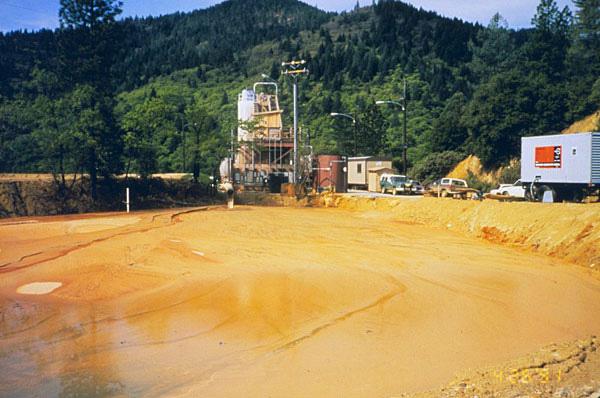My Vision
My research in process systems engineering develops computational methods in machine learning and optimization to tackle environmental, societal, and sustainability challenges in engineering and science. Furthermore, I operate at the intersection of chemical engineering, mathematics/statistics, and computer science to drive an open-source software-accelerated research paradigm that expedites scientific discoveries and makes them broadly accessible.

Past, ongoing, and proposed projects are provided below.

Sustainable Wildfire Mitigation
Proposed Project
Current wildfire management practices struggle to cope with the increased frequency and severity of fires in recent years. We seek to promote sustainable wildfire management by incorporating high-fidelity data-driven models that capture complex multi-scale behavior into a rigorous decision-making framework.

Unifying Infinite-Dimensional Optimization
Ongoing Project
Infinite-dimensional optimization encompassess a wide breadth of challenging decision-making problems that entail decisions indexed over continuous domains (e.g., uncertainty and/or space-time). Applications include REE-CM supply chains, process systems, climate modeling, microbial communities, and complex fluid flows. I have developed a unifying modeling abstraction for these problems that accelerates scientific descovery and makes these challenging problems accessible to diverse researchers.

Nueral Operator Surrogates
Ongoing Project
Neural operator networks are the state-of-the-art for learning partial differential equation systems (e.g., complex turbulent flows). These data-driven models have great potential for embedding high-fidelity space-time models in decision-making formulations that would otherwise be intractable. We plan to pursue this opportunity and develop methods to pioneer the incorporation of neural operator surrogates in optimization problems.

Random Field Optimization
Ongoing Project
Random field theory provides a powerful mathematical framework for characterizing uncertainty over space-time. This enables us to better capture real-world infinite-dimensiional systems that often exhibit random phenomena. We have established and are actively developing a framework which we call random field optimization that incorporates random field uncertainty into decision-making problems.

Computer Vision for Process Control
Past Project
Computer vision aided process control architecture is increasingly used in industy, but a significant challenge to widespread deployment is accurately monitoring sensor performance in real-time. We propose the SAFE-OCC framework to tackle this challenge and deploy these sensors with confidence.

Resilient Energy Infrastructure
Past Project
Rare, high-impact events (e.g., extreme weather, international conflicts) can inflict severe disruption/damage to energy infrastructure. Mathematical strategies are needed to characterize the effect of rare events on energy infrastructure such that we can economically hedge against catastrophic failures. My research has focused on developing frameworks for assessing and designing the flexibiity and reliability of critical infrastructure networks (e.g., power grids).

Optimal Rare-Earth Element Recovery Wastewater Networks
Past Project
Industrial wastewaters (e.g., produced water from oil/gas production and acid mine runoff) are often prohibitively expense to fully treat to mitigate environmental impact and reuse. However, these wastewater streams can contain appreciable amounts of valueable rare-earth elements and critical materials (REE-CMs). In collaboration with NETL, we helped develop a decision-making framework to explore opportunities for wastewater treatment and reuse when REE-CM recovery is taken into account.

Disease Control and Analysis
Past Project
Recent disease outbreaks (e.g., Covid-19) have highlighted the need for enhanced analysis and modeling of disease spread to better inform public policy on effective mitigation measures. My research has developed scalable methods to effectively analyze disease behavior with models that can be used to optimally inform disease control measures.

Unmanned Aerial Vehicle Driven Infrastructure Monitoring
Past Project
Aging infrastructure accross the U.S. and beyond needs to be regularly inspected to prevent catastophic failures like that of the flood levees in New Orleans in 2005; however, with limited manpower and resources regular inspections are simply not possible. We addressed this problem using unmanned aerial vehicles that can autonomously inspect infrastructure with optimal flight paths to maximize information gathering and automatically detect changes that require human intervention.
